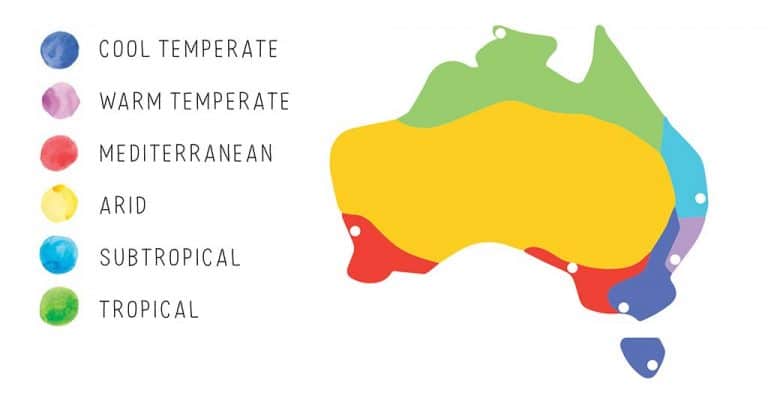July: Beetroot, lettuce, mustard greens, onions, peas, radish.
August: Artichoke, asparagus (crowns), beetroot, cabbage (summer varieties), capsicum (undercover), chilli (undercover), eggplant, kohlrabi, leeks, lettuce, parsnips, peas, potatoes, radish, rocket, spring onions, strawberry (runners), sunflower, thyme, tomato (undercover), melons (undercover).
September: Artichoke, asparagus (plant cloves), basil (undercover), beans (after frost), beetroot, broccoli (summer variety), capsicum (undercover), carrot, celeriac, celery, chicory, chives, chilli, coriander, cucumber (undercover), dill, eggplant (undercover), endive, fennel, horseradish (crowns), Jerusalem artichoke (plant tubers), kohlrabi, leeks, lettuce, mustard greens, parsnips, peas, potatoes, pumpkin, zucchini (undercover), radish, rhubarb (crowns), melons (undercover), silverbeet, spring onions, strawberry (runners), sunflower, corn (after frost), tomato (undercover), turnip.
October: Artichoke, asparagus (crowns), basil (undercover), beans (bush and runner), beetroot, broccoli (summer varieties), cabbage (summer varieties), capsicum, carrot, celeriac, celery, chicory, chilli, chives, coriander, cucumber, dill, eggplant, endive, fennel, horseradish (crowns), Jerusalem artichoke (tubers), kohlrabi, leeks, mustard greens, parsley, potatoes, pumpkin, radish, rocket, melons, silverbeet, spring onions, sunflower, corn (sweet), tomato, turnip.


